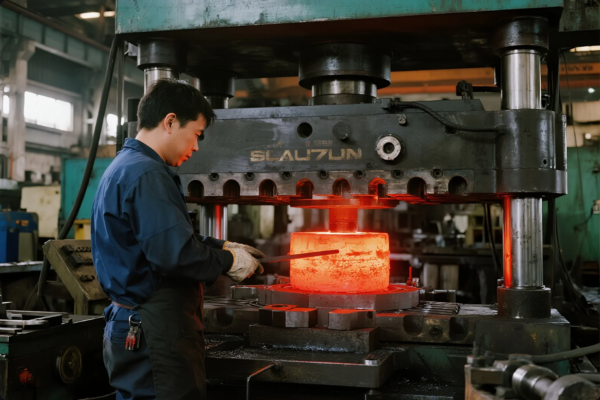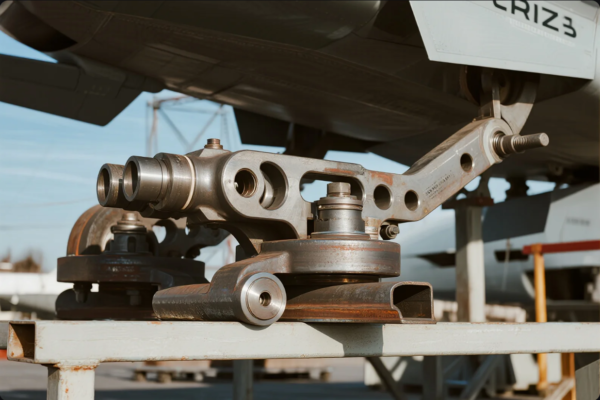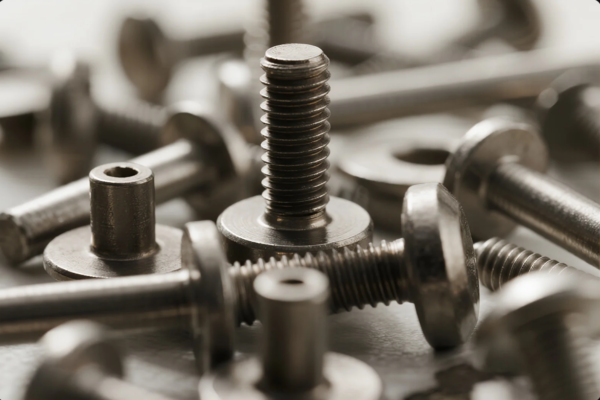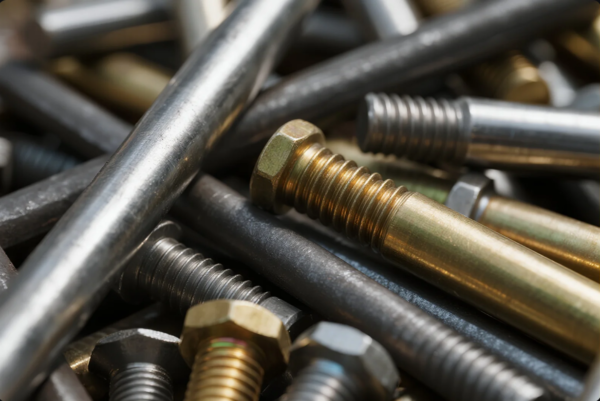Custom Metal Forgings: What Are the Essential Design Considerations, Surface Treatments, and Lessons from Real-World Projects?

Custom metal forgings have become essential across aerospace, automotive, oil & gas, and heavy industry, especially when off-the-shelf parts fail to meet technical, quality, or cost targets. Choosing the right design, surface treatment, and supplier is crucial. Every year, global buyers face costly setbacks—like assembly failures or premature wear—due to design missteps, poor finishing, or supplier inexperience.
To achieve top performance and lifetime value, buyers should focus on robust engineering, trusted finishing options, and proven suppliers. Following global industry guides from ASM International, Forge Magazine, and AZoM makes custom forging more reliable and scalable, no matter the application.
If you want to maximize project ROI, prevent field issues, and strengthen your sourcing strategy, use this in-depth guide to design, treat, inspect, and deliver world-class forgings.
Table of Contents
- Key Design Principles for Custom Metal Forging Parts
- Surface Treatments and Finishing Options for Forged Components
- Typical Defects in Forgings and How to Prevent Them
- Real-World Case Studies: Successful Custom Forging Projects
- FAQs about Custom Metal Forgings
- Contact Prime
Key Design Principles for Custom Metal Forging Parts
Sound forging design improves both part quality and long-term costs. Top designers leverage CAD platforms, CAE analysis, and FEM simulations to perfect critical geometry, tolerances, and material use.
Designing for custom forging demands proper grain flow (Total Materia), adequate draft angles (AZoM), uniform section transitions, optimized machining allowance (Hubs), and robust fillet radii (Forging Industry Association). Every decision—from raw steel (Matmatch) to production—is best made collaboratively with your supplier’s technical team.
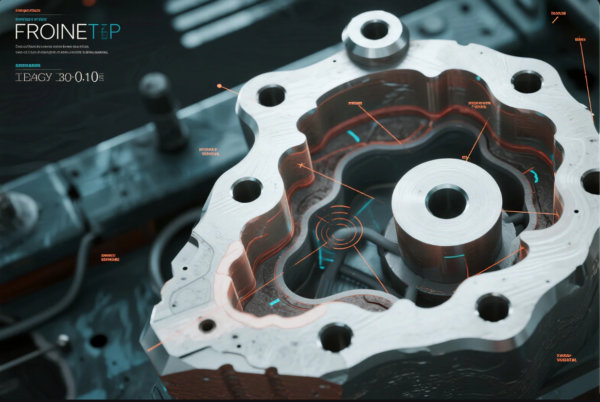
For expert design review, refer to TWI Global and Engineering Toolbox.
Table: Forging Design Must-Haves
| Feature | Recommendation | Source/Best Practice |
|---|---|---|
| Grain Direction | Match load paths | Total Materia |
| Draft Angle | 3–7° for easy die removal | AZoM |
| Fillet Radius | ≥3mm for fatigue reduction | FIA |
| Section Change | Gradual (avoid sharp jumps) | Engineering Toolbox |
| Machining Stock | 1.5–3mm per side (all over) | Hubs |
Always have your 3D model, 2D drawing, and tolerances checked by the factory’s engineering group. Prime’s DFM services are based on real manufacturing data and international standards.
Surface Treatments and Finishing Options for Forged Components
Forgings often face corrosion, friction, and visual demands. The finishing you choose can be the difference between failure and years of reliable use.
Key finishing options include shot blasting, hot-dip galvanizing, zinc plating, phosphate coating, anodizing for aluminum, powder coating, painting, and black oxide. For saltwater and industrial environments, finishing should follow ISO 9227 or ASTM B117.

Surface finish comparison guides are available at Metal Supermarkets, AZoM, and The Fabricator.
Table: Popular Forging Surface Treatments
| Treatment | Best For | Reference/Info Site |
|---|---|---|
| Shot Blasting | Pre-coating, scale removal | Norton Abrasives |
| Hot-Dip Galvanize | Outdoor, high-corrosion | AGA |
| Zinc Plating | General hardware, fasteners | Finishing.com |
| Powder Coating | Appearance, durability | PPG |
| Anodizing | Aluminum, color, insulation | Anodizing.org |
| Black Oxide | Mild anti-rust, low glare | AZoM |
Prime runs ISO 9227 salt spray tests and delivers finish samples for all custom jobs.
Typical Defects in Forgings and How to Prevent Them
Every major buyer should know the “usual suspects”—and how world-class suppliers prevent them. Defects like laps, cracks, underfill, misruns, porosity, and scale pits can destroy both mechanical properties and your company’s reputation.
Defect prevention relies on smart die design, CNC die manufacturing (ProtoLabs), robust heating control, and real-time NDT testing. Prime’s defect tracking aligns with Forge Magazine and Inspectioneering guidance.

Table: Typical Forging Defects and Online Resources
| Defect | Prevention | More Info |
|---|---|---|
| Laps/Cold Shuts | Raise billet temp, better die design | TWI Global |
| Cracks | Reduce force, add fillets | Inspectioneering |
| Underfill | Boost die fill, pressure, temperature | Forging.org |
| Porosity | Better venting, controlled cooling | AZoM |
| Die Mismatch | Frequent die checks, CNC alignment | ProtoLabs |
Every order at Prime is checked using ultrasonic NDT, magnetic particle, and dye penetrant inspection, as recommended by ASTM International.
Real-World Case Studies: Successful Custom Forging Projects
Want proof of what works? Top B2B companies share project wins and lessons in Forging Magazine’s Case Studies, Industrial Heating, and AZoM’s application stories.
Success stories demonstrate the value of early DFM review, global testing standards, and advanced surface finishing. Here are real cases from Prime and industry leaders:
Case 1: Wind Energy—Offshore Flange Forgings
A DNV-certified energy EPC needed large (1,200mm) carbon steel flanges for North Sea turbines. Prime co-developed the design in SolidWorks, ran FEM tests with Ansys, and produced flanges with hot-dip galvanizing. These passed ISO 9227 salt spray and flatness checks. Result: zero returns and \$100K annual savings.

Case 2: Robotics—Precision Aluminum Arms
A US automation OEM needed lightweight, ultra-strong robot arms with custom anodizing. Prime engineered the forging in AutoCAD, did prototype CNC machining, and delivered production arms in four weeks. Testing included tensile, CMM, and salt spray. End result: 30% weight reduction and 20% lower cost.

Case 3: Oil & Gas—Zero-Leak Valve Bodies
A Middle Eastern oilfield service firm struggled with cast valve failures. Prime replaced castings with closed-die alloy steel forgings, used phosphate coating, and performed API 6A and SGS chemical analysis. The result: zero leaks after 50,000 cycles and a 3-year contract extension.

FAQs about Custom Metal Forgings
What is the MOQ for custom forgings?
See Thomasnet’s forging guide—usually 100–500 pieces, but can be less for prototypes.
How fast is prototyping?
Prime ships samples in 2–4 weeks. See Hubs rapid prototyping.
Which 3D/CAD files do you accept?
STEP, IGES, SolidWorks, AutoCAD.
What QC tests are available?
Ultrasonic, magnetic particle, dye penetrant, hardness, CMM, salt spray.
Can I get finish samples first?
Yes. See Finishing.com for options and standards.
What certifications can you supply?
ISO 9001, IATF 16949, EN 10204 3.1, API.
Do you support branded packaging and laser marking?
Absolutely—laserax.com and Export.gov for global packaging standards.
Contact Prime
Ready to turn your custom forging vision into production reality? Partner with Prime’s engineering and quality team for design review, technical DFM, rapid prototyping, and proven export support.
- Website: https://primecustomparts.com/
- Email: [email protected]
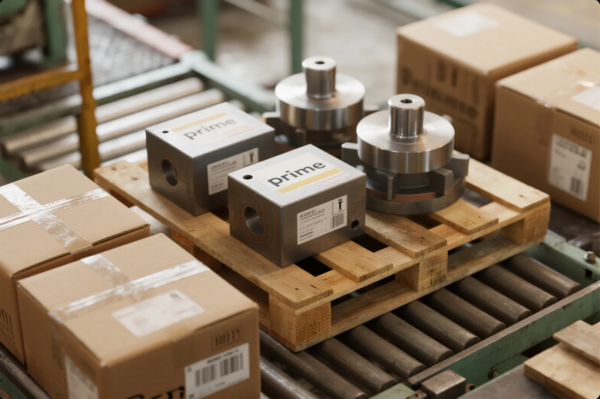
Conclusion
Industry success in custom forging comes from world-class design (ASM International), proven finishing (AGA), robust QC (SGS), and supplier transparency (Prime). For every new project, insist on standards, traceability, and collaboration. Ready to achieve more? Contact Prime for engineering-led solutions and worry-free export service.

